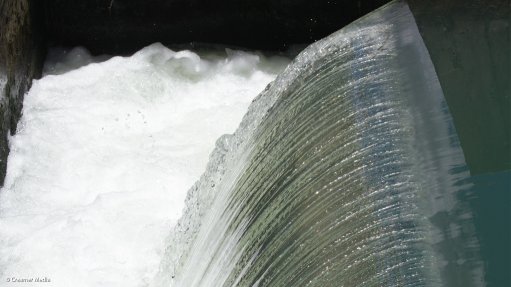
Nomura has downgraded its forecast for South Africa’s gross domestic product (GDP) growth as weather-related phenomena and structural deficiencies push the country into a water crisis.
Drawing parallels to the run-up to the events that sent State-owned power utility Eskom’s national system over the edge in 2008, Nomura on Tuesday lowered its GDP growth estimates for 2016 from 1.9% to 1.6%.
Nomura maintained its 2015 forecast of a 1.6% GDP rise and 2.4% for 2017, but warned of the “exceptionally strong” downside risks for next year emerging from Eskom's troubles, labour and external factors.
South Africa’s water crisis, which was believed to be triggered by the landing of the El Niño in March, had uncovered deep, long-term structural issues in water supply, with the nation requiring 20% more supply within the next ten years, Nomura economist Peter Attard-Montalto said in a note to clients.
This could lead to inflation risks and monetary policy implications and created uncertainty as to the impact of water restrictions on output and manufacturing amid increasing rotational water outages and restricted supply pressure.
“As with Eskom, the water crisis is not so much about a system that is at every moment in crisis or deficit, but about a system that has structural defects that are exposed by weather and unlucky events such as technical problems,” he explained.
South Africa was injecting significant capital to upgrade the legacy infrastructure; however, the delayed start in addition to delays and cost overruns affected delivery, Attard-Montalto added.
It was also likely the country could fall some R1.2-trillion short on the expected R2.7-trillion in identified projects to bring water supply in line with demand over the next 20 years.
“Public sector infrastructure spending is expected to remain only around R117-billion over the future rolling three-year medium-term expenditure framework period. That works out to only some R1.4-trillion between now and 2035 in nominal terms,” he said.
Further, South Africa’s water woes would not be resolved in the short term, Attard-Montalto noted, pointing out that current rainfall levels in Gauteng and KwaZulu-Natal were approaching record lows – a situation exacerbated by high temperatures and the impact of oceanic phenomena such as El Niño and La Niña on the country’s eastern regions.